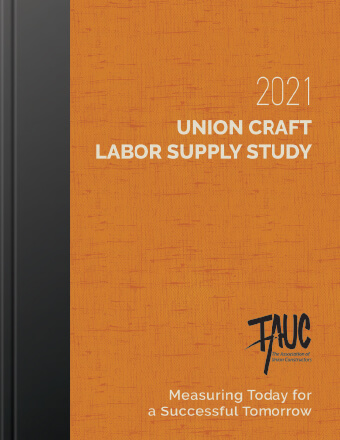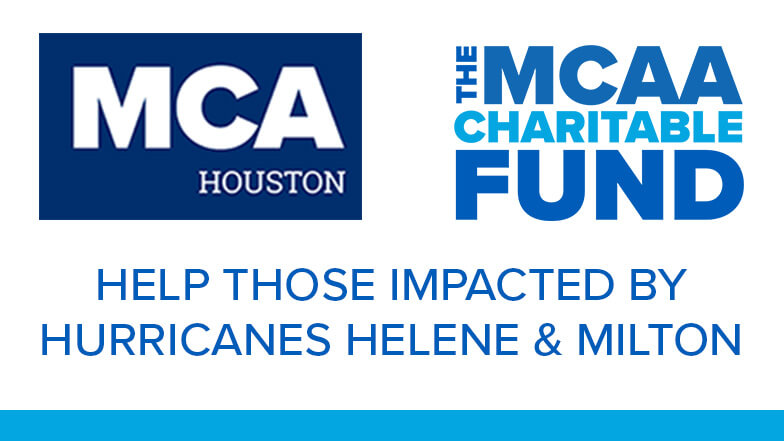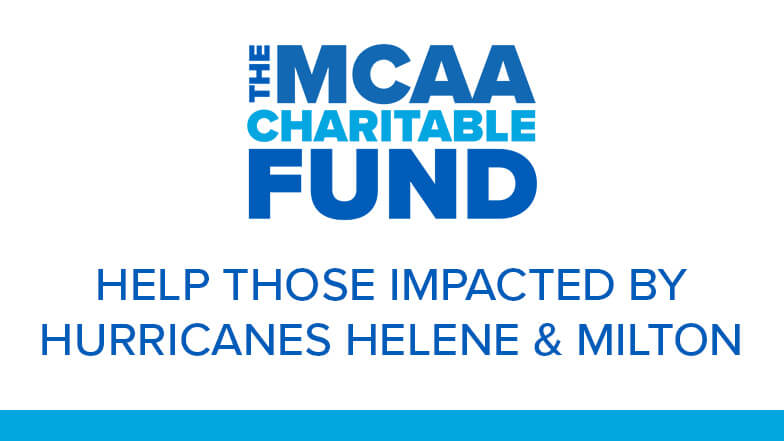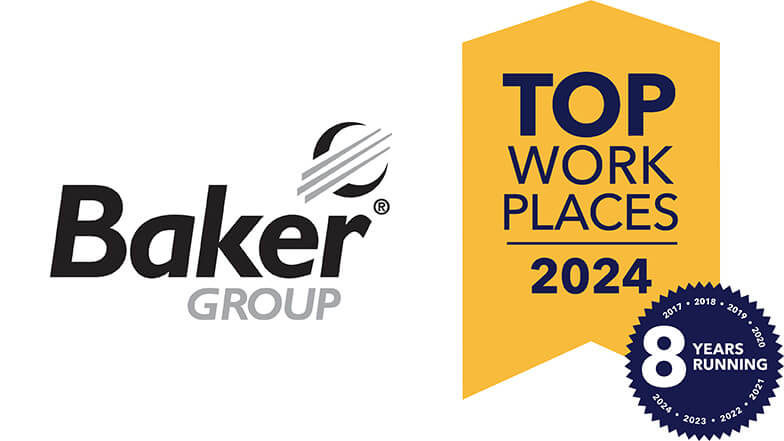
The Association of Union Constructors (TAUC)’s seventh annual study on the current state of the union construction and maintenance labor supply throughout the United States finds that many remain optimistic in spite of dipping growth projections. The study, produced in conjunction with the Construction Labor Research Council (CLRC), also shows an easing of the labor shortage.
A year after the COVID-19 pandemic fundamentally altered the business landscape, professionals in the union construction industry are slightly less optimistic about growth in 2021, but given the circumstances, it’s not as bad as you might expect. Another bright spot: although finding skilled and qualified craftworkers is still a challenge for contractors, fewer employers across the country reported labor shortages last year.
These are just a couple of the interesting takeaways from TAUC’s seventh annual Union Craft Labor Supply Study, based on a comprehensive survey of 1,129 industry respondents conducted in January 2021. Once again, TAUC commissioned the Construction Labor Research Council (CLRC) to conduct the survey and compile the resulting study and analysis. Contractors, building trades representatives, owner-clients, construction managers and association professionals of every size and from every geographic region weighed in and gave their perspectives, creating a truly one-of-a-kind data set.
Last year’s study occurred just prior to the advent of the COVID-19 pandemic. This year, the data reflect nearly a year of living with the pandemic. Thus, the results from last year’s study compared to this year provide a clean “before and after” look at the data.
There was strong consistency across all nine U.S. geographic regions with fewer people indicating a shortage of union craft workers in 2020 than in 2019 for every region. The largest gains (i.e., fewer reporting a shortage) were in the South Central and Northwest Regions.
And while the study also found reduced optimism regarding growth, even in the midst of a pandemic, about two-thirds of the study participants projected growth. In other words, what makes the findings about growth projections stand out is that they are not lower than they are, given the challenges the construction and service industry face: a pandemic, union craft labor shortage, increasing cost of materials, logistics challenges, etc.
Each year, the study includes a new set of custom questions as a one-time event (previous questions are rotated off). These questions focus on emerging issues or topics critical to the construction and service industries. This year’s questions focused on the funding status of union pension funds, union craft labor portability, and the impact of the pandemic.




